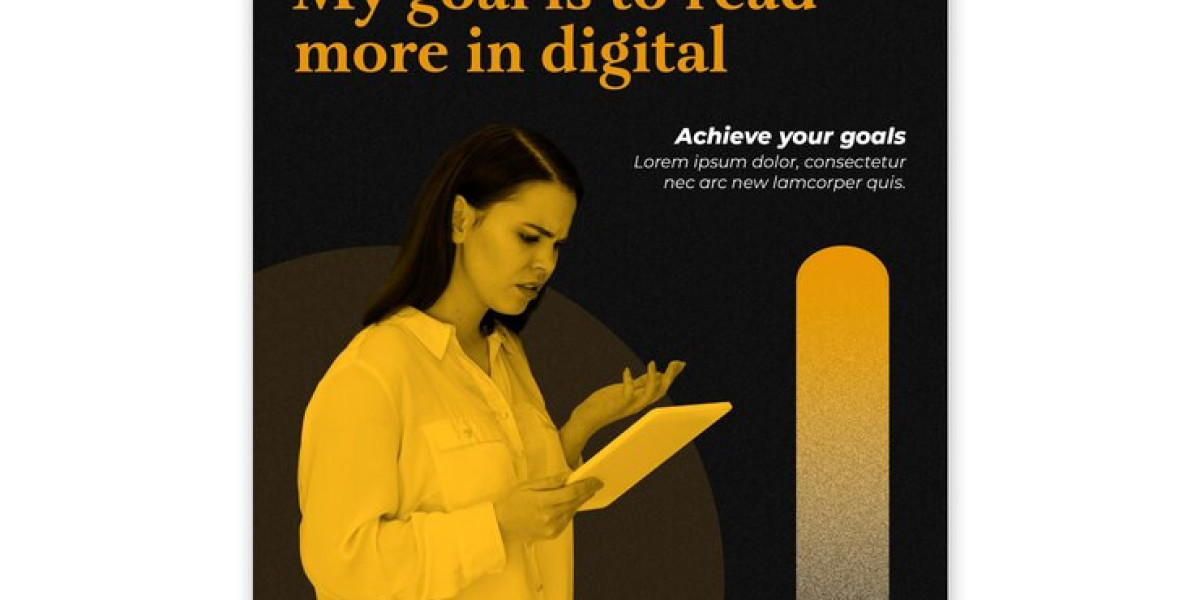In the ever-evolving landscape of digital publishing, the role of book cover design has become increasingly significant. As the gateway to a literary work, book covers play a pivotal role in attracting readers and conveying the essence of the content within. This article delves into the evolution of e-book cover design in the digital age, exploring the trends, techniques, and the profound impact they have on readership.
1. The Dawn of Digital Publishing
The advent of digital publishing marked a paradigm shift in the way books are produced, distributed, and consumed. With the rise of e-books, traditional cover design had to adapt to the unique challenges and opportunities presented by the digital realm. Unlike physical books, e-books needed to capture attention in the crowded online marketplace where visual appeal is paramount.
2. Early Challenges in E-book Cover Design
The transition from print to digital posed several challenges for cover designers. Size constraints, varying screen dimensions, and the need for eye-catching thumbnails demanded a new approach. Designers had to strike a balance between creating visually appealing covers and ensuring they remained recognizable and engaging across diverse devices.
3. Minimalism and Simplicity
One of the noticeable trends in e-book cover design is the shift towards minimalism and simplicity. As digital platforms became saturated with content, covers that conveyed a clear and concise message stood out. Minimalistic designs not only load faster on devices but also resonate well with the modern, clean aesthetics preferred by many readers.
4. Typography Takes Center Stage
In the digital age, typography has emerged as a powerful tool in e-book cover design. Striking fonts and creative text layouts can convey the genre, tone, and mood of a book effectively. This trend is particularly evident in genres like mystery and thriller, where intriguing fonts often replace traditional imagery to create a sense of suspense and intrigue.
5. The Rise of Custom Illustrations and Artwork
While stock photos and generic images were once commonplace, there has been a noticeable shift towards custom illustrations and artwork in e-book cover design. Authors and publishers are investing in unique visuals that capture the essence of the narrative. This not only adds a personalized touch but also helps in avoiding clichés that can dilute a book's individuality.
6. Interactive and Animated Covers
As technology advances, some e-book covers have become more interactive and even animated. These covers take advantage of the capabilities of e-readers and other digital devices, offering readers a dynamic and engaging visual experience before they even open the book. While not yet widespread, this trend hints at the potential future directions of e-book cover design.
7. A/B Testing and Data-Driven Design
In the digital age, designers have access to vast amounts of data regarding reader preferences and behaviors. A/B testing, where different versions of a cover are presented to potential readers to determine which performs better, has become a standard practice. This data-driven approach allows designers to refine covers based on actual reader responses, ensuring they are optimized for maximum impact.
8. Social Media Influence on E-book Cover Design
The role of social media in book promotion cannot be overstated, and this has influenced e-book cover design significantly. Covers are now crafted not only for the bookshelves of online retailers but also to stand out on social media feeds. Bold colors, striking visuals, and designs optimized for small screen sizes are all considerations driven by the need for covers to be shareable and eye-catching in the social media landscape.
9. Accessibility in Design
With an increasing emphasis on inclusivity, accessibility in design has become a crucial consideration in e-book cover creation. Ensuring that covers are readable and visually appealing for individuals with diverse abilities and preferences is now a standard practice. This includes considerations such as high contrast, legible fonts, and alternative text for images.
10. The Psychological Impact of E-book Cover Design
Beyond aesthetics, e-book cover design has a profound psychological impact on potential readers. Colors, imagery, and font choices can evoke specific emotions and expectations, influencing whether a reader chooses to explore a book further. Understanding the psychology behind design elements has become essential for creating covers that resonate with the target audience.
Conclusion
The evolution of e-book cover design in the digital age reflects the dynamic nature of publishing and the ever-changing preferences of readers. From the challenges posed by the transition from print to digital to the current trends of minimalism, custom illustrations, and data-driven design, the journey has been transformative. As technology continues to advance, the future promises even more innovation and creativity in the realm of e-book cover design, ensuring that the first impression of a book remains as captivating as the narrative within. For authors and publishers navigating the digital landscape, embracing these trends and understanding their impact is key to standing out in an increasingly competitive market.








